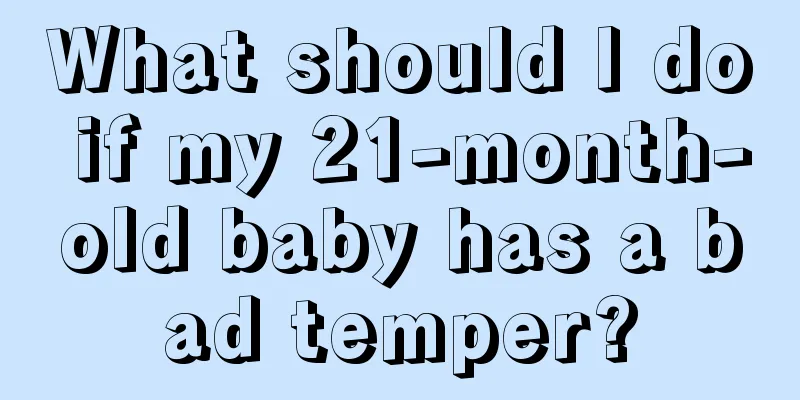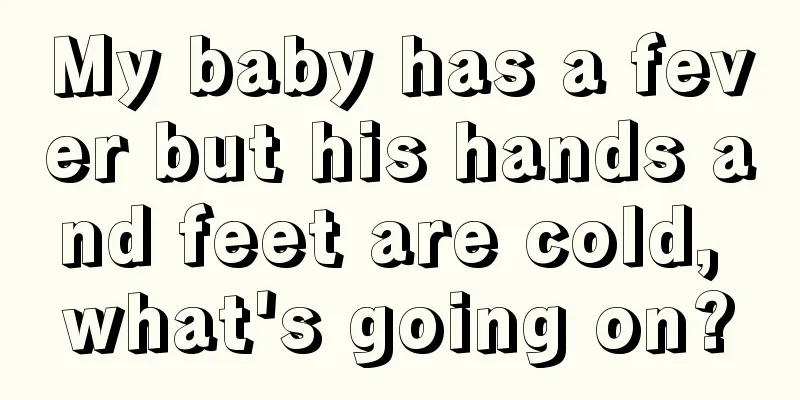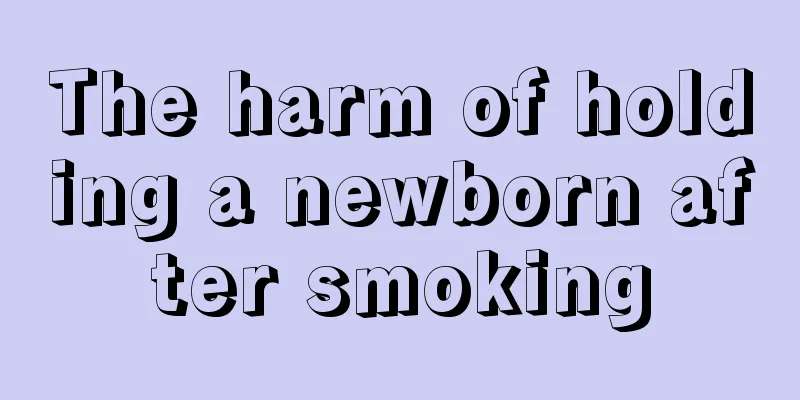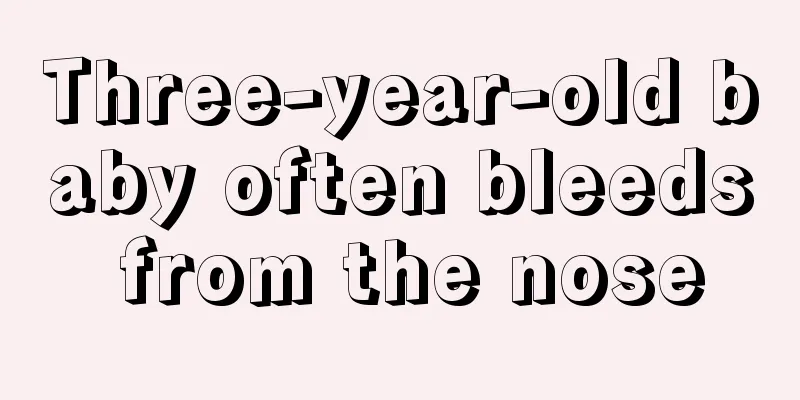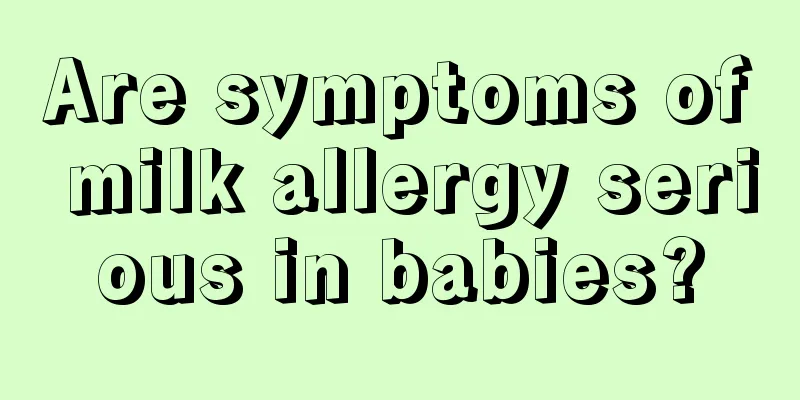What are the clinical manifestations of children with cerebral palsy?
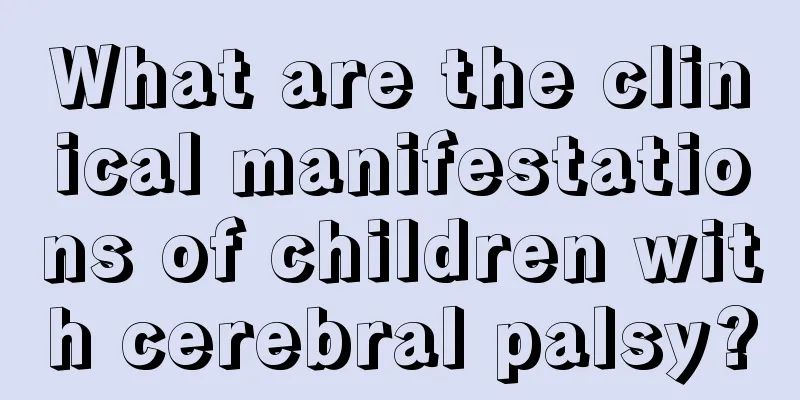
|
Every parent hopes that their children can grow up healthily, but in reality, many children suffer from cerebral palsy, which causes great harm to the children. Therefore, we must be aware of the symptoms of cerebral palsy in children, and provide timely treatment once any abnormality is discovered. So, what are the clinical manifestations of children with cerebral palsy? Let’s take a closer look at them. Sudden stiffness of the child: difficulty in certain positions, such as dressing the child in a supine position, flexing his body or hugging him. Loose: The baby's head and neck are loose and he cannot lift his head. When he was held in the air, his limbs drooped. The baby rarely moves. Developmental delay: Learning to lift the head, sit, and use hands is slower than that of children of the same age. One part of the body may be used more than another, e.g. some children often use one hand instead of both. Poor feeding: Poor aspiration and swallowing. The tongue often pushes milk and food out. Difficulty keeping quiet. Abnormal behavior: May be crybaby, irritable, and a poor sleeper, or may be very quiet, sleep too much, or not smile at 3 months. 1. Early symptoms (1) Newborns or three-month-old infants are easily startled, cry incessantly, refuse to drink milk, and have difficulty sleeping. (2) Difficulties in early feeding, chewing, drinking, and swallowing, as well as drooling and breathing disorders. (3) Low sensory threshold, manifested as being easily startled by noise or changes in body position, and having an increased hugging reflex accompanied by crying. (4) Normal infants shortly after birth may step alternately with their feet when standing upright due to the stepping reflex. Although it may disappear once at 3 months of age, if the child still has no signs of standing or taking steps at 3 months of age, cerebral palsy should be suspected. (5) Babies over 100 days old are still unable to lift their heads, and their heads still sway when they straighten their backs at 4 to 5 months. (6) Fist clenching: Generally, infants can clench their fists but not open them within 3 months after birth. If the thumb is still adducted and the hand cannot be opened at 4 months, cerebral palsy should be suspected. (7) A normal baby should be able to reach out and grab objects when seeing them between 3 and 5 months old. If a baby still cannot do so after 5 months, it is suspected that the baby has cerebral palsy. (8) Generally, babies will smile 4 to 6 weeks after birth and recognize people later. Children with spastic cerebral palsy have apathetic expressions, while children with athetoid cerebral palsy often look sad. (9) Muscles are loose and unable to turn over, and movements are slow. When you touch the inner thigh of the child, or let the child's feet rest on the bed or jump up and down, the lower limbs will extend and cross. (10) Stiffness, especially when dressing, the upper limbs are difficult to put into the cuffs; when changing diapers or washing, the thighs are difficult to extend; when wiping the palms and taking a bath, the limbs become stiff. Babies don't like baths. (11) Premature development: Children with cerebral palsy may roll over prematurely, but it is a sudden reflexive rolling over, with the whole body rolling over like a log, rather than a conscious segmental rolling over. Infants with spastic diplegia may have stiff legs before they can sit up and stand on pointe like a ballerina. 2. Main symptoms (1) Movement disorders: The patient has poor motor self-control ability. In severe cases, the patient cannot grasp objects with his hands or walk with his feet. Some patients cannot even turn over, sit up, stand, or chew and swallow normally. (2) Postural disorders: Various abnormal postures, poor posture stability, the head cannot be straightened at 3 months, and is accustomed to leaning to one side, or swaying left and right, front and back. The child does not like to take a bath and has difficulty opening his fist when washing his hands. (3) Intellectual Disability: About 1/4 of the children have normal intelligence, about 1/2 have mild or moderate intellectual disability, and about 1/4 have severe intellectual disability. (4) Language barriers: difficulty in language expression, unclear pronunciation or stuttering. (5) The most common visual and auditory impairments include esotropia and difficulty in distinguishing the rhythm of sounds. (6) Growth and development disorders and short stature. (7) Developmental disorders cause teeth to be loose and easily broken. Orofacial dysfunction, with spasms or sometimes uncoordinated contractions of the facial and tongue muscles, difficulty chewing and swallowing, difficulty closing the mouth, and drooling. The above is an introduction to the clinical manifestations of children with cerebral palsy. I hope it will be helpful to parents. When cerebral palsy appears in children, the symptoms are quite obvious. When similar conditions occur in children in their early stages, it is necessary to pay enough attention and go to a regular hospital for treatment in time to achieve the best treatment effect. |
<<: What to do if a three-year-old baby has diarrhea
>>: Causes of children's coughing and vomiting
Recommend
What are the symptoms of calcium deficiency in teenagers?
In fact, today's teenagers are under a lot of...
What to do if your seven-month-old baby has thrush
The immunity of a seven-month-old baby is not ful...
How to make egg yolk paste for babies?
When babies can add complementary foods, egg yolk...
What are the prescriptions for rectal medication in children?
Pediatric rectal disease is a relatively serious ...
What to do if your child has a bad temper
Good children are not born, but are cultivated by...
What is the normal armpit temperature for children?
The normal body temperature of our human body is ...
The teeth of the child are like sawtooth
The stage of children's tooth replacement is ...
More than half of the accidental injuries to children during summer vacation are caused by poisoning
A 9-year-old boy is in critical condition after e...
What to do if your child has bloating and vomiting
Children's gastrointestinal development is no...
What is the treatment for neonatal insecurity?
The lack of security in newborns often makes our ...
What should children eat to grow taller?
In daily life, we often hear many mothers complai...
White spots on baby's face
Many parents may have noticed that their babies h...
What to do if your baby has head lice
Lice are parasites that usually live in dirty pla...
What should I do if my child has chills and fever?
When children are young, they have poor physical ...
Is pediatric massage useful? See the expert's explanation
Many people have heard of massage as a treatment ...
